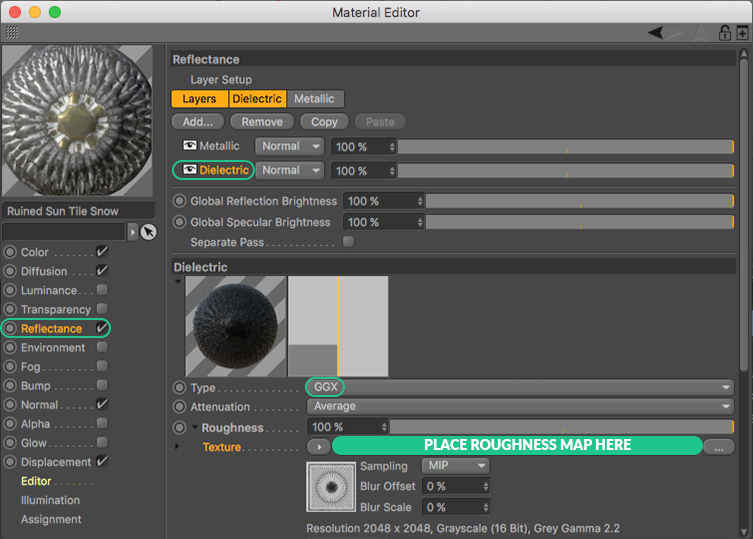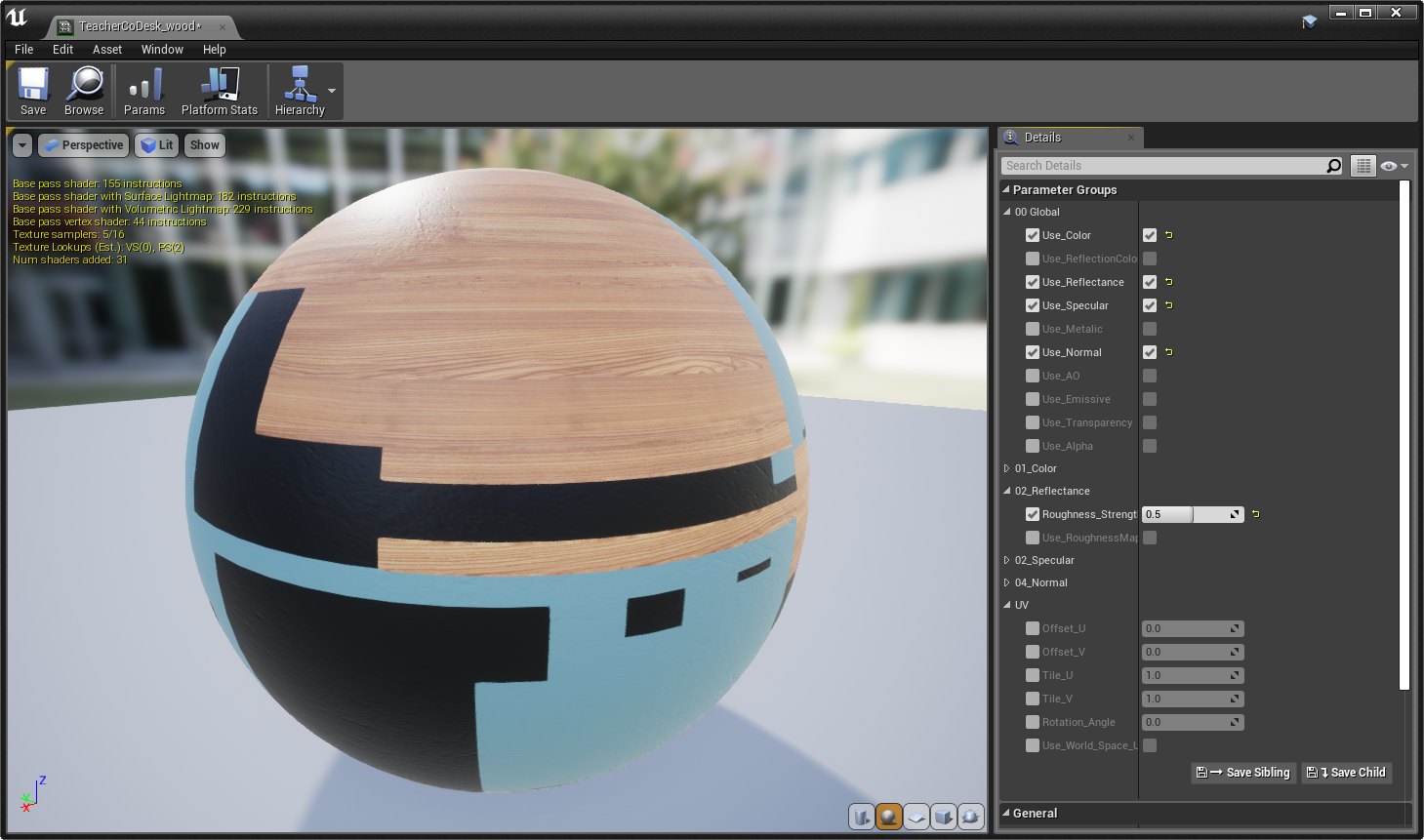
- #Create new material cinema 4d texture map update
- #Create new material cinema 4d texture map software
- #Create new material cinema 4d texture map plus
#Create new material cinema 4d texture map update
Updated 9 December 2021: Chaos has released V-Ray 5 for Cinema 4D Update 2. You can find more details in our original story. They include better handling of material translucency, the option to render multiple dome lights at the same time, support for all of V-Ray’s native masking elements in the V-Ray Frame Buffer, and a new system for calculating caustics progressively. The release also introduces more recent features originally rolled out in V-Ray 5 for 3ds Max Update 1. Update 1 adds support for two further existing V-Ray features: V-Ray Fur and the V-Ray Clipper Tool, used to create cutaway renders.īetter handling of translucency, caustics, and masking in the V-Ray Frame Buffer
#Create new material cinema 4d texture map software
V-Ray 5 for Cinema 4D itself was Chaos’s first major update to the software after acquiring it from LAUBlab, and brought the feature set more in line with other editions of the renderer. Support for V-Ray Fur and the V-Ray Clipper Tool However, not all individual V-Ray features are supported: when users switch to V-Ray Node materials, only comaptible maps and shaders are displayed.Ĭhaos told us: “V-Ray MultiSubTex and the Gradient Ramp shader are two examples, but we hope to support them in the future. Updated 28 June 2021: We contacted Chaos to find out more about how the new node-based workflow compares to the old Clasic materials.Ĭhaos told us: “You should be able to recreate any material effect possible with the new Node materials just like you do with the Classic ones.” It’s also important to note that while node-based materials were first introduced in Cinema 4D R20, V-Ray’s implementation requires Cinema 4D R21.1 or higher. The new V-Ray material nodes are not compatible with Classic Materials like VRayMtl, so you can’t mix the two within a material, although you can use separate Node and Classic materials in the same scene.

#Create new material cinema 4d texture map plus
Switching to the new V-Ray Node Space inside the Node Editor provides access to a set of nodes for creating material set-ups, plus output nodes for standard and two-sided materials.Ĭhaos describes the toolset as making it possible to “manage your entire V-Ray shading network … from creating materials and textures to adding the finishing touches”. The main change in Update 1 is, unsurprisingly, the feature most requested by V-Ray for Cinema 4D users: the option to create V-Ray materials using Cinema 4D’s new node-based editor.

vrscene import.Ĭreate V-Ray materials inside Cinema 4D’s new Node Editor The update also restores support for V-Ray render masks and. V-Ray for Cinema 4D Update 2 adds support for light instancing, new texture randomisation options, native support for Apple’s M1 processors, and a new live link to Chaos Vantage. Other changes include support for V-Ray Fur and the V-Ray Clipper tool, plus progressive caustics, better masking in the V-Ray Frame Buffer, and better handling of material translucency.

V-Ray 5 for Cinema 4D Update 1 adds support for Cinema’s new node-based material system. Scroll down for news of Update 2.Ĭhaos has updated V-Ray for Cinema 4D, the Cinema 4D edition of the production renderer.

Originally posted on 24 June 2021 with the release of Update 1.


 0 kommentar(er)
0 kommentar(er)
